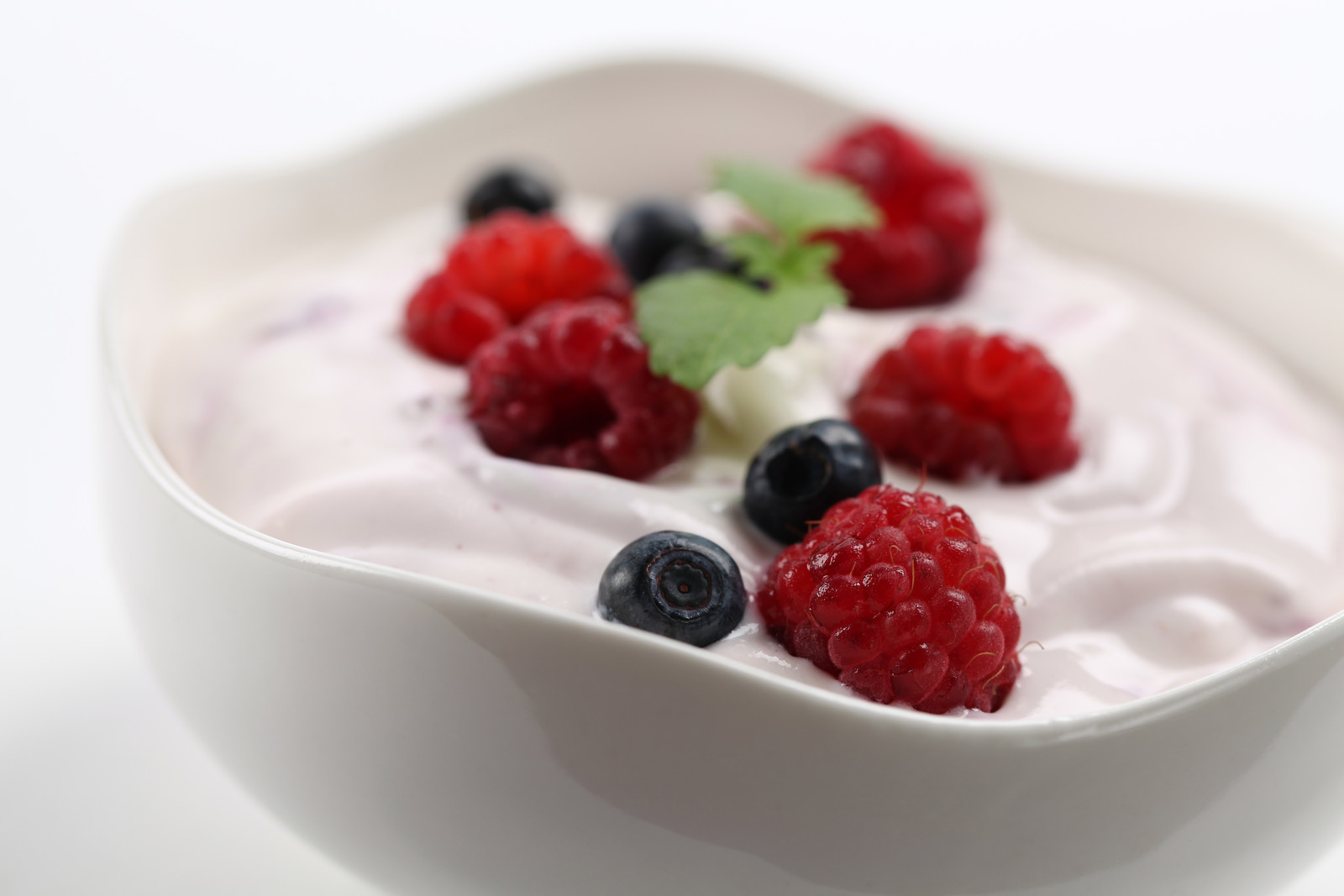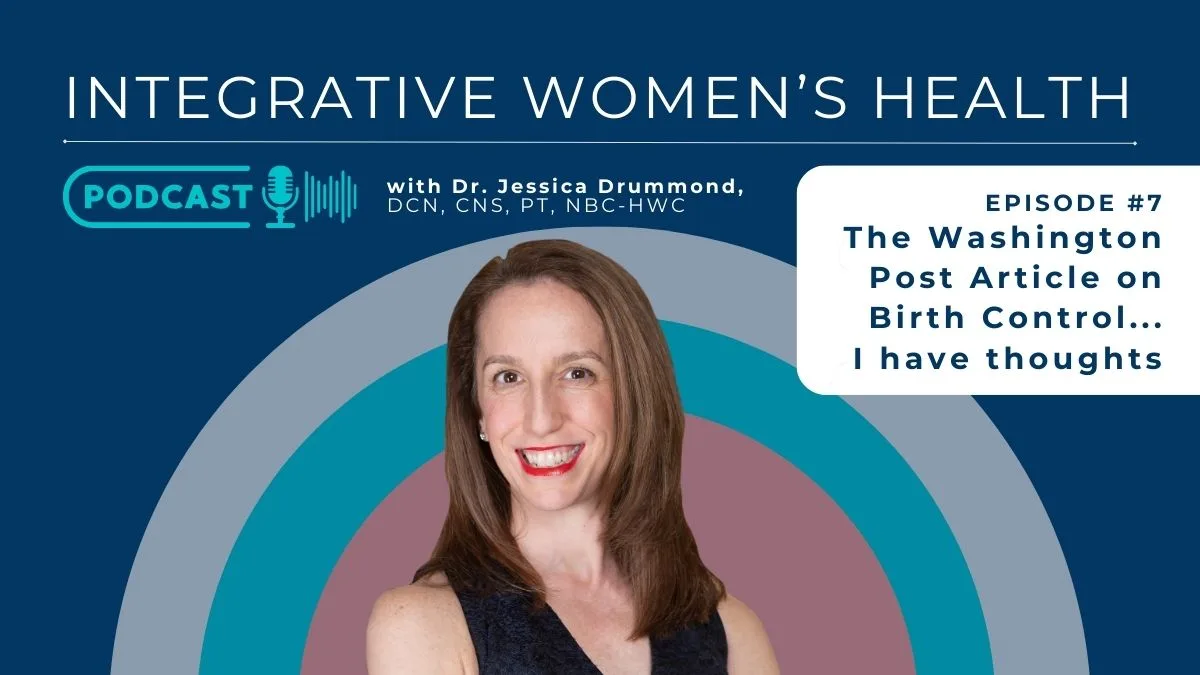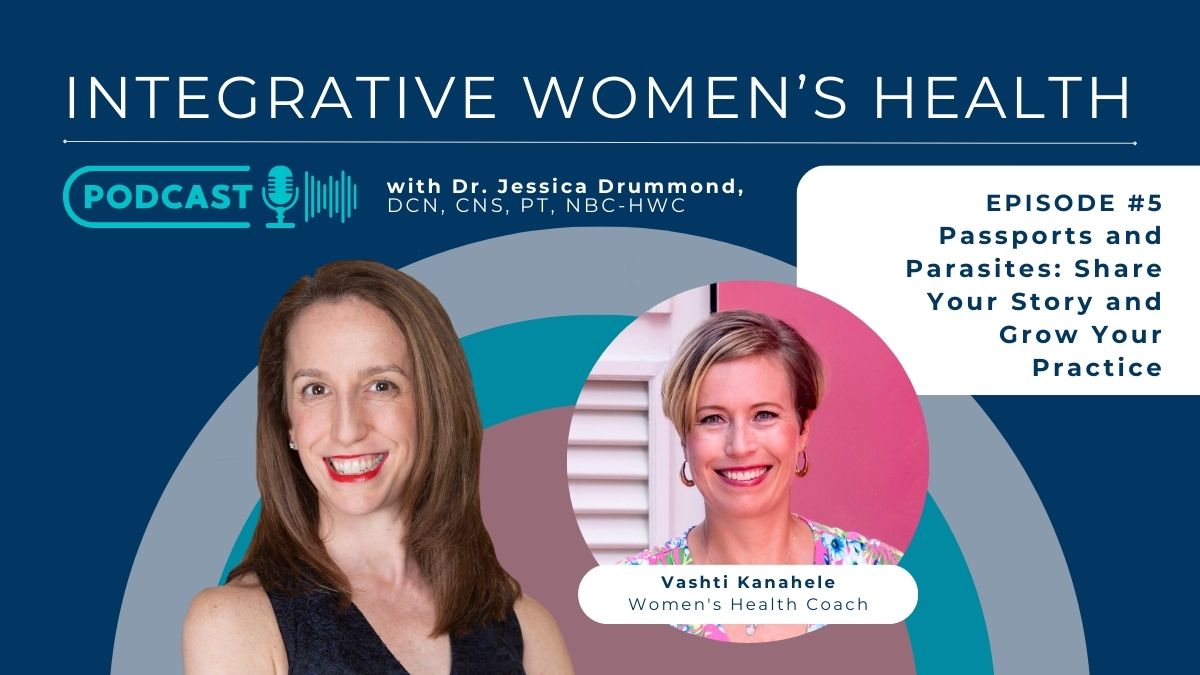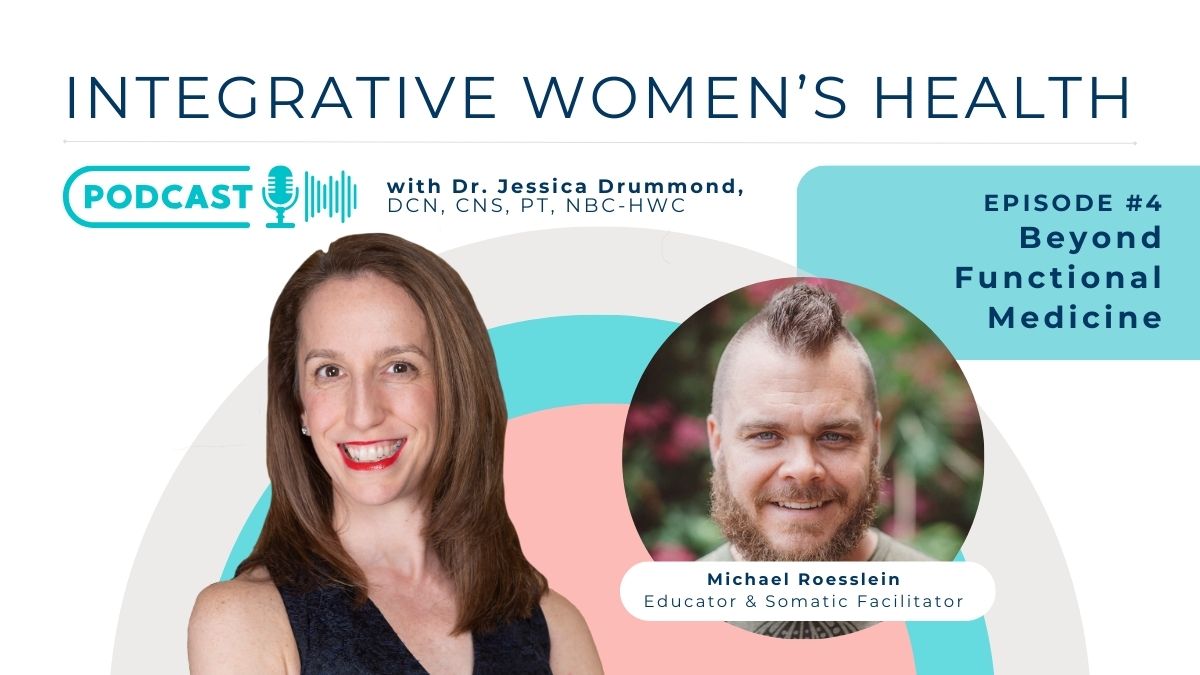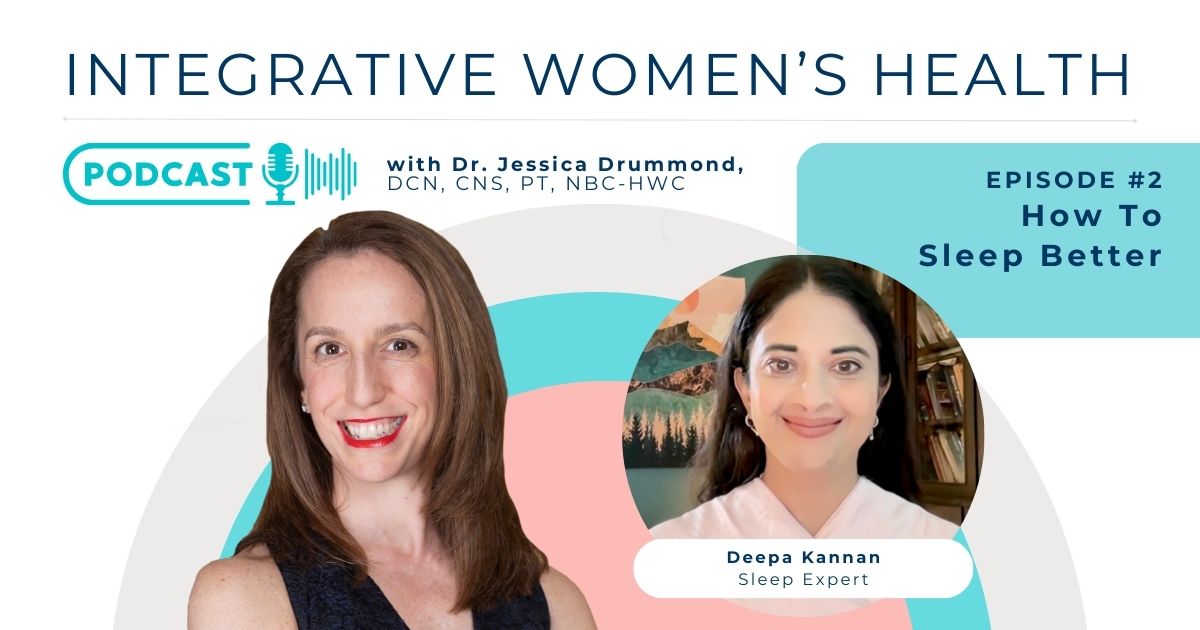Your new patient comes in with complaints of vulvar, vaginal or pelvic pain, reporting that “just before all of this started, I had several yeast infections…”
She goes on to say that the yeast may or may not have been confirmed, but she was treated with anti-fungal medication or was on a lot of antibiotics before the chronic yeast began. While the symptoms may have improved temporarily on the medications, they continue to return.
Sound familiar?
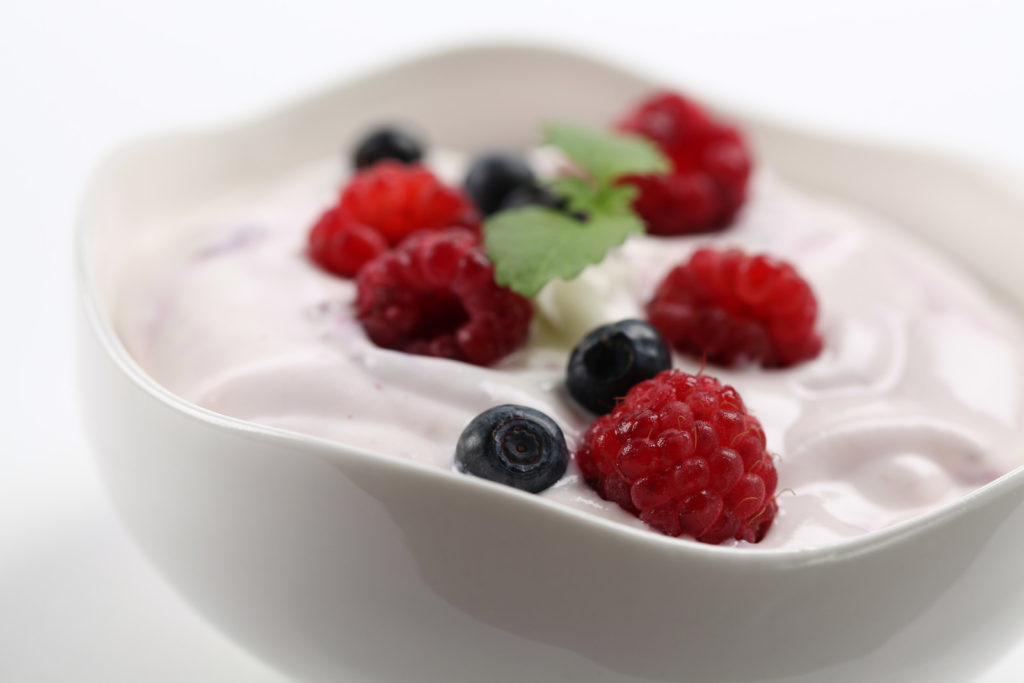
(c) Can Stock Photo / ingridhs
So, what’s going on here? Does she have chronic yeast, and if so… what can you do about it?
Chronic yeast, or general chronic dysbiosis – an imbalance of yeast or bacteria in the gut and/or in the vulvovaginal canal – is one of the most common triggers that I hear in my practice for women with pelvic pain, especially vulvovaginal pain. However, just as commonly women are treated for a yeast infection with anti-fungal medications without having a positive swab for yeast. Thus, getting to the root cause issue with each individual client is essential.
Where to begin?
If a chronic yeast infection, or another common form of vaginal dysbiosis is suspected, having it confirmed by a vaginal swab and/ or organic acids testing is helpful.
On organic acids urine testing, look for elevated D-Arabinitol or Arabinose, as an indicator of systemic yeast overgrowth.

Consider gut dysbiosis – related to vulvovaginal yeast or bacterial overgrowth – with complaints of symptoms of irritable bowel syndrome, food sensitivities, or small intestine bacterial overgrowth.
Symptomatically, your patient will present with…
- Bloating after meals
- Diarrhea, constipation, or both
- Abdominal pain with meals
- Inability to tolerate certain foods
Additionally, on stool testing, she will present with pathogenic bacterial overgrowth, lack of bacterial diversity, or low levels of commensal and beneficial bacteria.
If Candida (yeast) overgrowth, or another form of vulvovaginal dysbiosis is part of the root cause of your client’s pelvic pain, what can you do about it?
In combination with skilled pelvic floor physical therapy, cognitive behavioral therapy, and pain science education, clinicians should make nutrition and lifestyle recommendations to support healthy gut and vulvovaginal microorganism balance.
- Optimize digestive function – Be sure that your client is having at least 1-2 well formed, Bristol 4 bowel movements daily. To do so, she may require support for hypochlorhydria, digestive enzymes, optimal fiber intake, optimal mineral intake, and/or bowel motility.
- Hydration – Recommend that your client drinks approximately half of her body weight in ounces of filtered and/or mineral water per day.
- Anti-fungal/ healthy bacterial nutrition – Yeast and pathogenic bacteria thrive on sugar and grains. Start with a simple elimination diet, eliminating gluten, grains, sugar, sweeteners, dairy, soy, caffeine, alcohol, and eggs while adding plenty of vegetables, healthy fats, and protein.
- Anti-yeast herbs to restore healthy yeast and bacterial balance, such as grapefruit seed extract (Bernatoniene et al., 2013), allicin (Kim et al., 2012) or combination products that are anti-microbial and anti-fungal such as Biocidin (Pereira, et al., 2007), are very helpful.
- Nutrient support. When a client struggles with chronic yeast or bacterial overgrowth, she may have had a reduced ability to absorb vitamins and minerals for months to years. Restoring her nutrient support will be essential to supporting the healing of her immune and endocrine systems – other important factors for relieving pelvic pain. Starting with a high quality multivitamin will fill in the gaps.
References:
Bernatoniene J, Keraitė R, Masteiková R, Pavilonis A, & Savickas A. (2013) A combination of grapefruit seed extract and concentrated cranberry juice as a potential antimicrobial preservative for the improvement of microbiological stability of hypromellose gel. Ceska Slov Farm, 62(5), 212-9.
Kim, Y.-S., Kim, K. S., Han, I., Kim, M.-H., Jung, M. H., & Park, H.-K. (2012). Quantitative and Qualitative Analysis of the Antifungal Activity of Allicin Alone and in Combination with Antifungal Drugs. PLoS ONE, 7(6), e38242. http://doi.org/10.1371/journal.pone.0038242
Pereira JA, Oliveira I, Sousa A, Valentão P, Andrade PB, Ferreira IC, Ferreres F, Bento A, Seabra R, & Estevinho L. (2007) Walnut (Juglans regia L.) leaves: phenolic compounds, antibacterial activity and antioxidant potential of different cultivars. Food Chem Toxicol, 45(11), 2287-95. Epub 2007 Jun 12.

